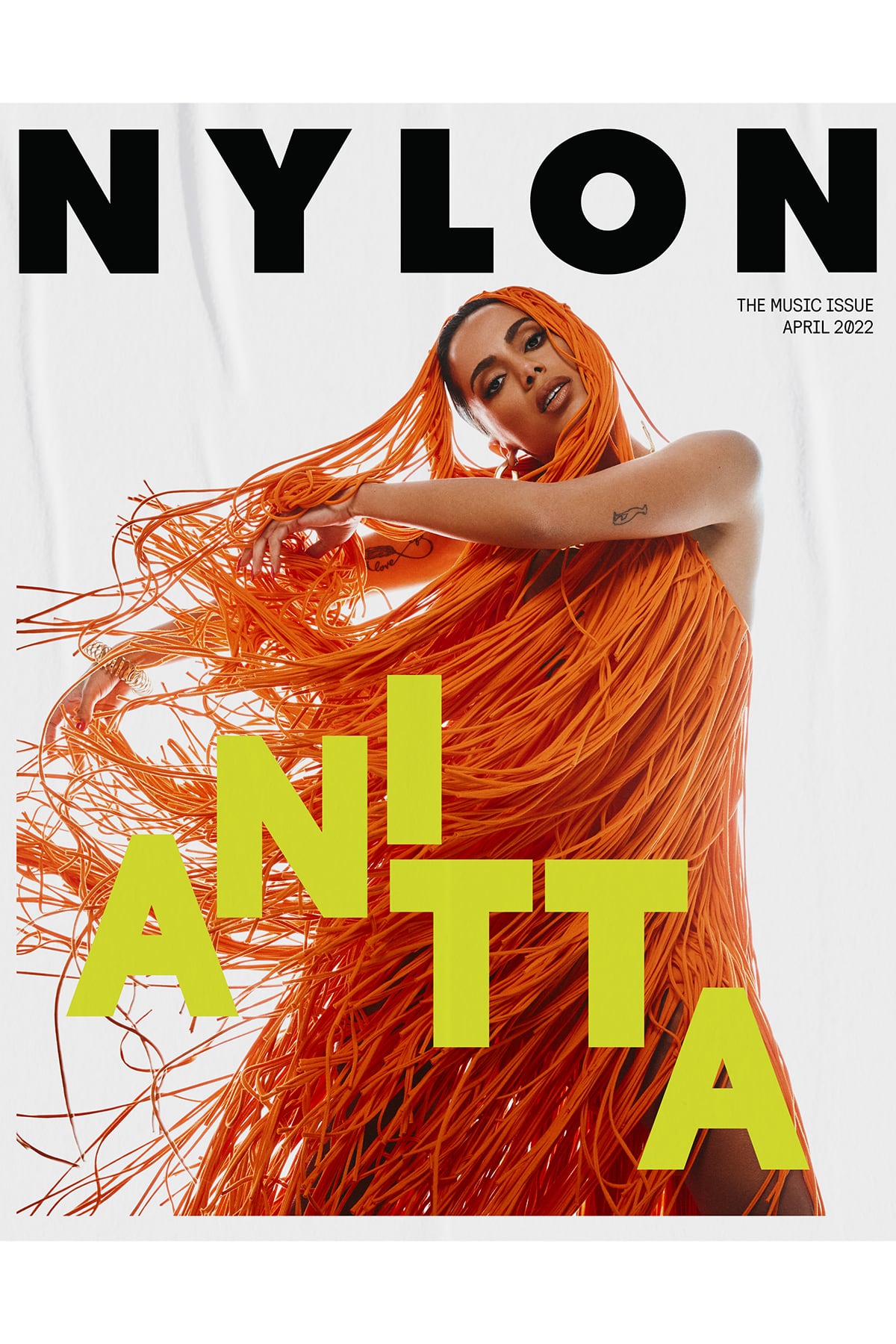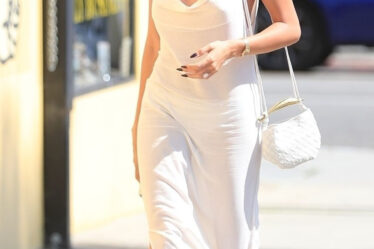
In building its future, Nylon is looking to the past.
Next year, the indie culture bible, will make its return to print, over seven years after its last regular issue hit newsstands.
Much has changed in the media landscape since that last edition, which featured the musician St. Vincent on its cover. Magazines close more frequently than they launch, with titles like Glamour, Allure and Marie Claire ending print publication. The pivot to digital hasn’t gone smoothly either: both Condé Nast and Hearst have laid off staff within the past six months. G/O Media recently shut down Jezebel.
BDG, which bought Nylon in 2019, has had a particularly bumpy couple of years. The former Bustle Digital Group bought the magazine during a shopping spree that saw it also acquire Gawker, Mic, The Outline, The Zoe Report and other struggling, mostly online properties. Reviving these sites has proven challenging: Mic stopped publishing original content in January, and Gawker shut down in February. In the past 18 months, the company has had four rounds of layoffs. Plans to go public in 2021 via a special purpose acquisition company, or SPAC, never materialised, nor did a sale to a pair of private equity firms reported by Axios in 2022.
Part of the problem for BDG is that it was built on traffic. Founder Bryan Goldberg was a master at attracting eyeballs online, first with Bleacher Report and then Bustle, the fashion, beauty and lifestyle site he launched in 2013. Pumping out search-optimised content was a tactic countless publishers deployed in the 2010s as they chased higher and higher click counts to appease advertisers. But the risks of that strategy have been laid bare as shifting algorithms at Facebook and Google impacted publishers’ bottom lines.
BDG is incorporating more original reported content into its business model, hoping to create a more meaningful connection with readers. There are fewer “What time does The Bachelor air?” stories, and more stories designed to create conversation online. That includes celebrity “covers” (Gwyneth Paltrow starred on the cover of Bustle’s October digital issue, while Nylon has recruited stars like actress Vanessa Hudgens and musician Kelsea Ballerini) as well as zeitgeisty personal essays, such as the recently published “Dare to Be Mid,” which encourages readers to be content with their mainstream tastes.
“What worked in 2015 is pushing out 100 stories a day,” Goldberg told BoF. “But you can’t push out 100 great stories a day.”
From Clicks to Clout
Nylon returning to print represents another potential path for BDG.
Though it had fallen on hard times when BDG acquired it from Diversis Capital (who bought it in 2014 from founders Marvin and Jaclynn Jarrett), the name has a cachet in the fashion world that Bustle, Mic and the rest of the portfolio didn’t. Under editor-in-chief Alyssa Vingan, Nylon adapted its indie outlook to the 2020s, highlighting up-and-coming musicians and TikTok-borne trends in fashion and beauty. In September, Vingan left the publication, and BDG appointed executive editor Lauren McCarthy to the role.
The hope is that Nylon in print will serve as something of a brand awareness tool as BDG continues to move away from chasing pageviews. As well, the company believes publishing Nylon in print will appeal to luxury advertisers looking to target the Millennials who read Nylon in their teenage bedrooms in the aughts, now grown up and with greater purchasing power.
“We want to be less reliant on platforms, always,” said Emma Rosenblum, BDG’s chief content officer. “A print product is something completely proprietary to our company, to our staff and our talent.”
The plan is to publish two issues a year, one in the fall and the spring, to coincide with major events the magazine is hosting. The first issue back will be timed to Coachella, where the magazine will operate Nylon House, a pop-up experience it hosts near the music festival. McCarthy said she wants to nod to the original Nylon, without being an exact replica. It’ll bring hallmarks of its digital coverage, such as its “It Girl” features, to print, while also publishing evergreen stories in the hope of making it feel current for months at a time.
BDG has been focussing its efforts on strengthening the power of its brands and connecting with smaller audiences in more meaningful ways, both Rosenblum and Goldberg said. That has manifested in several ways, including events, such as Nylon House at Coachella and its upcoming activation at Art Basel in Miami in December.
“What we’ve been trying to do is … take market share from the legacy brands that are kind of crumbling at this point,” Rosenblum said. “If we just continue to do that, and then add on these other elements, like events and print, I think that we can survive in this climate.”
Goldberg believes Nylon print issues will be a compelling proposition for luxury advertisers because “world class photography just isn’t a great fit for five-inch iPhone screens.”
And despite the general doom and gloom in the sector — print advertising revenue has declined by over half in the past six years, according to marketing insights firm WARC, Goldberg argues their own data gives BDG reason to be optimistic: W, which BDG acquired in 2020, has seen print advertising revenue increase year-over-year, he said.
“Print is for advertisers, print is not for readers,” said Amy Odell, the former editor of Cosmopolitan.com who now writes a fashion-focused newsletter, Back Row, and is the author of Anna: The Biography. “If your advertisers are looking for that, it makes sense to offer it.”
In considering potential future acquisitions, Goldberg said that he plans to focus on the areas where the company is seeing positive momentum from readers — and advertiser demand. That means more fashion and lifestyle and less news and politics.
“We are seeing success with fashion, lifestyle, and parenting, where we did not achieve success was in news, be it Mic or Gawker,” said Goldberg. “I don’t know how news can be a good business. I don’t know that people want to pay for news and I certainly don’t think advertisers want to align with news.”
Whether that will be enough to engineer a long-in-the-works exit for BDG’s investors, which include venture capital firms DMG Ventures, RRE Ventures, and Saints Capital, remains to be seen.
“We’re not really in a hurry to go public, or sell the business,” said Goldberg. “This company is my life … there’s nothing else I’m going to do with my life. What we’re focused on is proving that there is a profitable path for independent media companies.”



